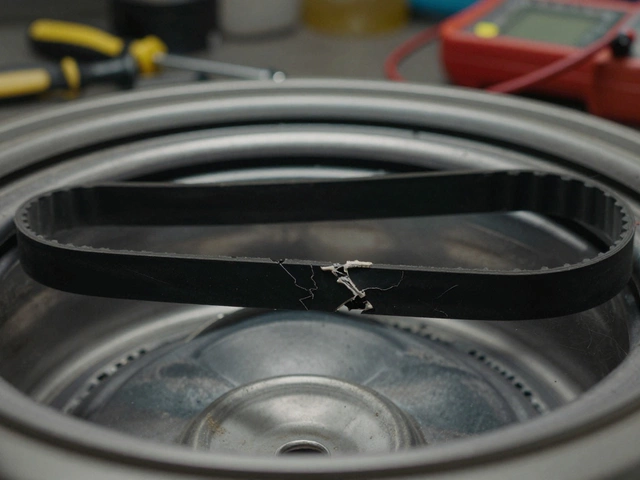Business Glossary
When you look at a Business Glossary, a curated collection of business‑related terms that helps teams speak the same language, you instantly get a roadmap for clear communication. It’s not just a word list; it’s a tool that lets managers, technicians and customers understand exactly what each term means in real‑world settings. For example, a Appliance, any device used in a commercial or industrial environment to perform a specific function can be confused with generic equipment, but a glossary tells you why the distinction matters for budgeting, maintenance and compliance. Likewise, Equipment, machinery or tools that support production or service delivery carries its own set of depreciation rules and insurance needs. When you pair those definitions with Operational Efficiency, the ability to deliver output with minimal waste of time, resources or energy, the glossary becomes a strategic asset: it shows how proper appliance selection fuels smoother workflows and cuts hidden costs. In short, the Business Glossary encompasses terminology, requires precise definitions and influences day‑to‑day decision making.
How Core Terms Link to Real Business Goals
Understanding each term is only half the story; the real power comes from seeing how they interact. The Business Glossary reveals that an Appliance, such as a commercial refrigerator or industrial dryer isn’t just a piece of hardware—it’s a driver of Operational Efficiency, because reliable appliances reduce downtime and energy consumption. When an appliance fails, the ripple effect hits inventory turnover, staff productivity and even customer satisfaction. That’s why many businesses treat appliances as critical assets rather than optional extras. Meanwhile, Equipment, like conveyor belts or forklifts plays a complementary role: it supports the core processes that appliances serve. Properly maintained equipment ensures that the appliance can do its job without unnecessary strain, which in turn sustains the overall efficiency metric the business tracks. By linking appliance health, equipment upkeep and efficiency goals, the glossary helps managers set maintenance schedules, choose leasing vs. buying options, and calculate true cost of ownership. This web of relationships also guides finance teams when they classify items as capital assets or operating expenses, a distinction that directly impacts tax treatment and cash flow planning.
Below you’ll find a curated set of articles that dive deeper into each of these concepts. From a detailed look at what “appliance” really means for a business, to step‑by‑step guides on measuring operational efficiency, the collection gives you actionable insights you can apply right away. Whether you’re a small shop owner deciding between lease or purchase, or a facilities manager building a long‑term maintenance strategy, the posts in this Business Glossary will equip you with the knowledge you need to make smarter, more cost‑effective decisions.
20 October 2025
·
0 Comments
Discover what "appliance" really means for businesses, how it differs from equipment or assets, and practical tips for buying, leasing, and maintaining these essential tools.
Read more






